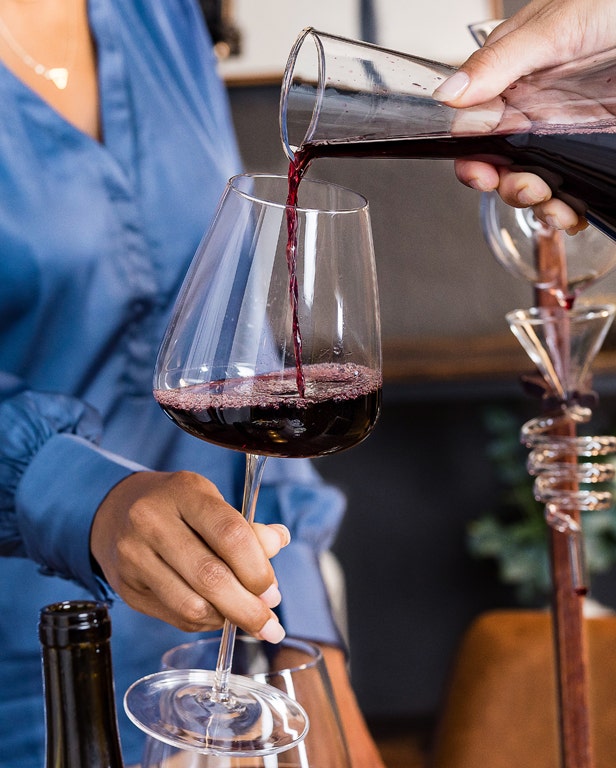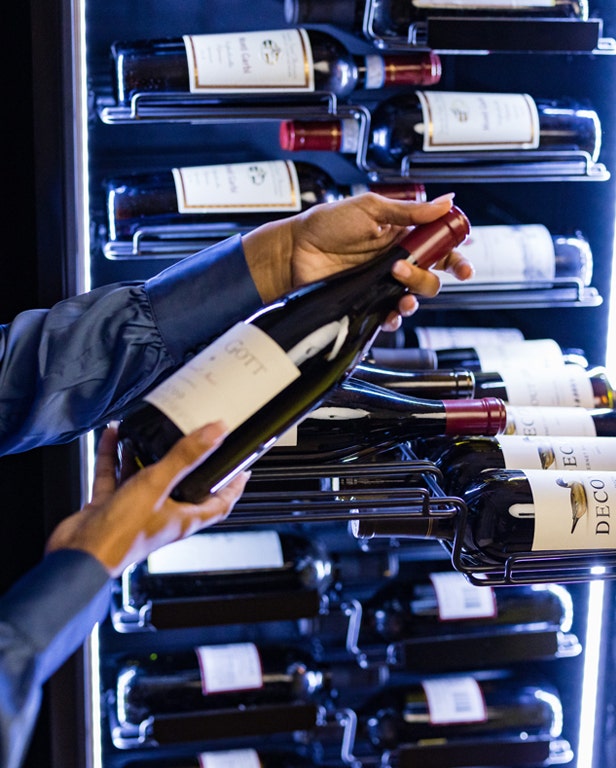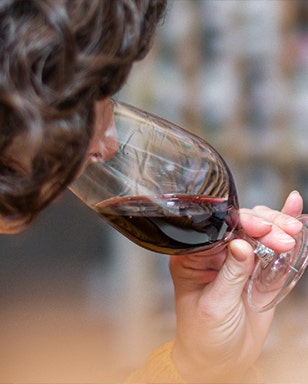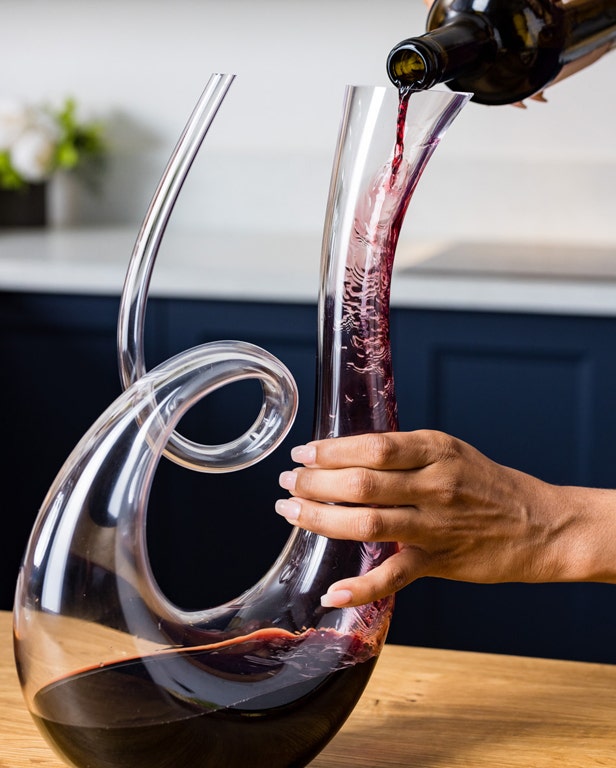Partners


Going to Extremes With Tara
and Ventisquero Wines
When wine producer Ventisquero was founded 25 years ago, the goal was to always push boundaries in Chile. The South American nation, with its numerous zones and climates, was a viticultural wonderland just waiting to be discovered. In 2007, Ventisquero ventured to a part of the country where no winemaker had ever gone before: the Atacama Desert, which is known as the driest desert in the world. Here, they created Tara, a line of terroir-expressive wines that reflect one of the most unique grape-growing climates in all of Chile.
The Atacama Desert lies in the northern half of Chile. It stretches approximately 700 miles from north to south, and from west to east is bordered by the Pacific Ocean and the Andes mountains. For the Tara project, the Ventisquero team identified a site located 13 miles from the sea.
The land surprised them in many ways. Every day, a thick blanket of fog rolls in from the Pacific. Called “Camanchaca,” it passes through the desert on its way inland, bringing with it cold temperatures that last well throughout the morning. However, daytime highs reach only about 75 degrees Fahrenheit—far more moderate than the expected 100-degree days. “This is a cool-climate desert,” says winemaker Alejandro Galaz, who, along with Ventisquero’s chief winemaker Felipe Tosso, produce Tara.

Another shock awaited them underfoot. Instead of the expected granitic soils, in which the vines for most of Chile’s highest-end wines thrive, they encountered limestone. “We understood, in that moment, that we were in the presence of something really special,” says Galaz. They quickly switched growing strategies. Instead of the Carménère and Bordeaux varieties they intended to plant, they cultivated Pinot Noir, Chardonnay and other cool-climate varieties.
However, in the second year, the Ventisquiero team had quite the shock: The majority of the vines died unexpectedly, prompting intense soil studies. These yielded yet another surprise—the soil contained a high salt content, nearly ten times the amount that vines can usually handle. Still, the small percentage that survived yielded extraordinary fruit with a uniquely saline quality, which proved they needed to continue with the project.



Over the years, the team experimented with various irrigation techniques using the fresh water from the Huasco River, which flows to the growing spot from the mountains, until they hit upon what they felt was an ideal balance. Galaz says they never want to eliminate the salt completely. That would mask the true terroir of the land.
Instead, Galaz is adamant about only employing low-intervention farming and vinification methods, which allow the wines to truly express their origins. Only estate fruit is used, which ensures total control over grape quality. Spontaneous fermentation, no fining or filtering and only a tiny bit of sulfur added at bottling allow the wines’ pure expressions to emerge.
Although the first couple of vintages were made as blends, Galaz quickly decided to focus on varietal bottlings. “The character of the place was so strong, it didn't make any sense to put another layer of complexity or another layer of flavor with other varieties,” he says.


The Chardonnay comes from a mere five acres of low-yield vines. Limestone soils and the cool desert climate provide freshness and acidity. With the high salt content, there is a tingle of salinity on the long, vibrant finish. “When you use this wine for pairings, the minerality, structure and saltiness give another dimension for chefs and sommeliers to match with food,” says Galaz.
Seeing how singular the vineyard site is, the Tara team knew they needed to do something different with their aging protocol for the Pinot Noir. In addition to aging in French oak barrels, a portion of the wines spend time in bespoke concrete eggs, which incorporate stones from the Atamaca desert in the material. The result is a savory and structured Pinot Noir with tension and verve.
“The freedom to innovate has been the company philosophy from the beginning, since the Vial family, owner of Ventisquero has always trusted our endeavors” says Galaz. To learn more about Tara and Ventisquero, visit ventisquerowineclub.com and follow @ventisquero_wines on Instagram.





